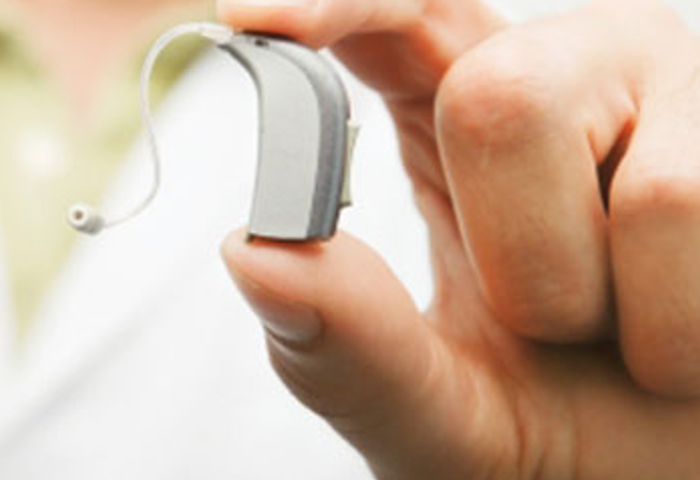- Have any questions? Call us today!
- +60193512572

Hearing Loss Symptoms
June 17, 2013
May is Better Hearing Month
May 22, 2017The different types of hearing aid technology vary in their circuitry. In the early days, hearing aid technology involved vacuum tubes and large, heavy batteries. Today, microchips, computerization, and digitised sound processing are used in hearing aid design.
Digitally programmable hearing aids have all the features of analogue programmable aids but use digitised sound processing (DSP) to convert sound waves into digital signals. A computer chip in the aid analyses the signals to determine whether the sound is noise or speech. It then makes modifications to provide a clear, amplified, distortion-free signal.
Digital hearing aids are usually self-adjusting. The digital processing allows for
more flexibility in programming the aid. In this way, the sound it transmits matches your specific pattern of hearing loss.
This digital technology is the most expensive, but it offers many advantages. Key benefits include:
- improvement in programmability
- greater precision in fitting
- management of loudness discomfort
- control of acoustic feedback (whistling sounds)
- noise reduction
Some aids can store several programs. As your listening environment changes, you can change the hearing aid settings. This is usually done by pushing a button on the hearing aid or by using a remote control to switch channels. The aid can be reprogrammed by the audiologist if your hearing or hearing needs change.
These aids are more expensive than conventional analogue hearing aids. However, they generally have a longer lifespan and may provide better hearing for you in different listening situations.
Conventional analogue hearing aids are designed with a particular frequency response based on your audiogram. The audiologist tells the manufacturer what settings to install. Although there are some adjustments, the aid essentially amplifies all sounds (speech and noise) in the same way. This technology is the least expensive, and it can be appropriate for many different types of hearing loss.
Analogue programmable hearing aids have a microchip that allows the audiologist to program the aid for different listening environments. Example environments include quiet conversation in your home, noisy situations like a restaurant, or large areas like a theatre. The programming settings depend on your individual hearing loss profile, speech understanding, and range of tolerance for louder sounds.
(source: http://www.asha.org)


